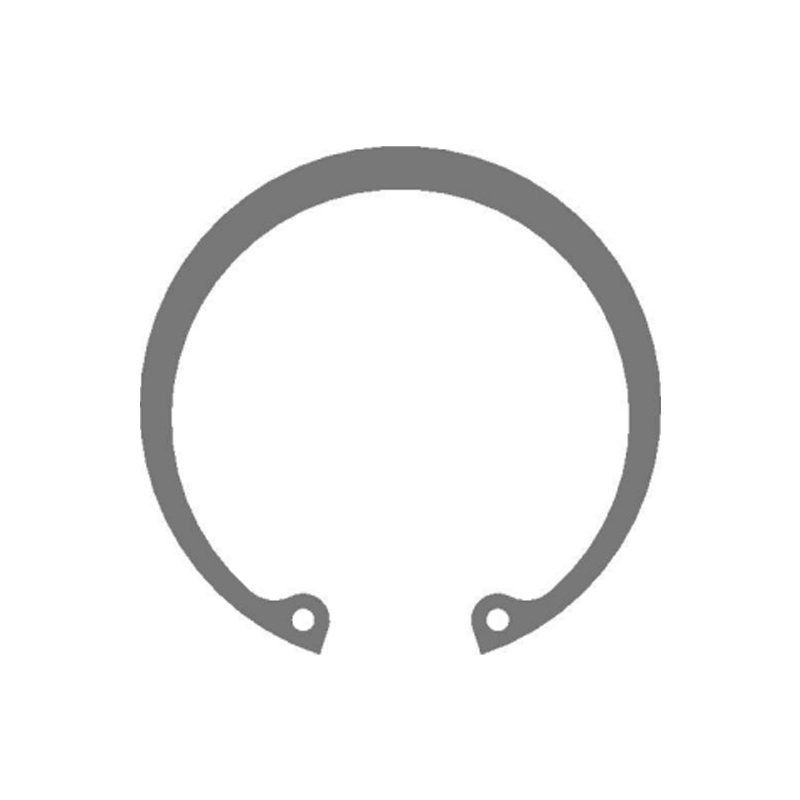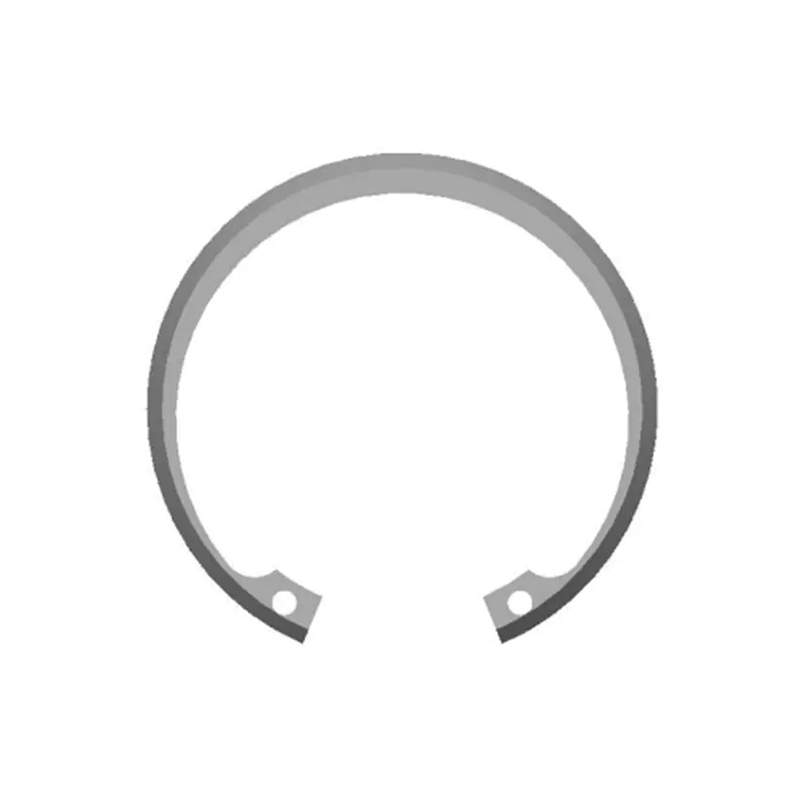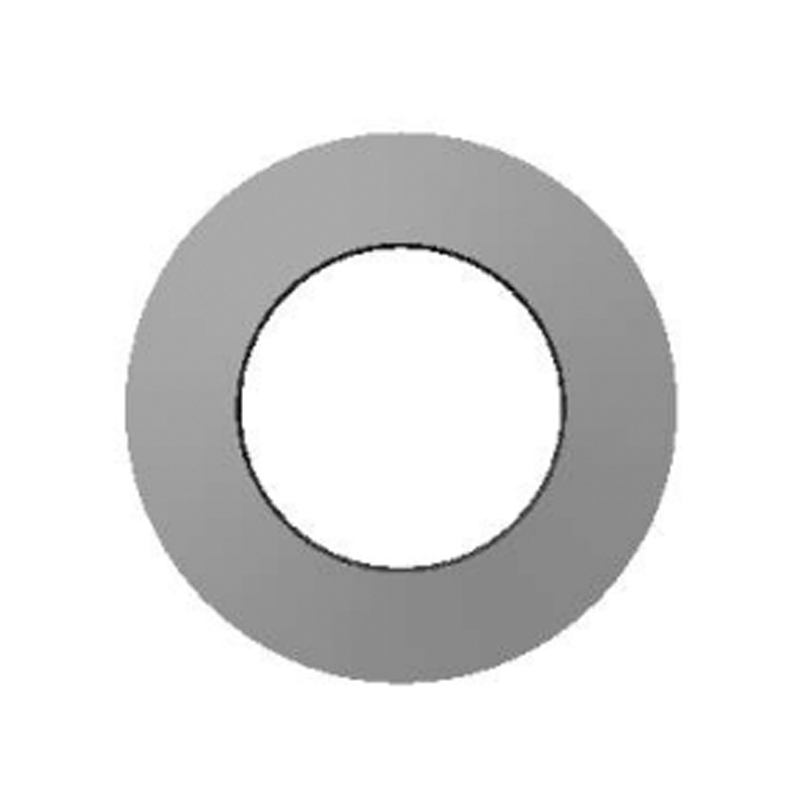What makes beveled retaining rings superior to standard snap rings in high-performance mechanical assemblies? These specialized fasteners feature an angled contact surface that provides controlled axial load distribution, making them ideal for applications requiring precise component positioning and vibration resistance.
Content
- 1 Design Characteristics and Engineering Advantages
- 2 Material Selection and Manufacturing Processes
- 3 Industrial Applications and Case Studies
- 4 Technical Specifications and Selection Guide
- 5 Emerging Innovations and Future Trends
- 6 Maintenance and Failure Analysis
- 7 Conclusion: Why Engineers Specify Beveled Retaining Rings
Design Characteristics and Engineering Advantages
Key Geometric Features
-
15°-45° bevel angle on load-bearing surface
-
Asymmetric cross-section for directional load handling
-
Precision-ground edges (Ra 0.8-1.6 μm surface finish)
-
Radial compression slots for installation flexibility
Performance Comparison Table
| Parameter | Beveled Retaining Ring | Standard Snap Ring |
|---|---|---|
| Axial Load Capacity | 30-50% higher | Baseline |
| Vibration Resistance | 5-8x improvement | Moderate |
| Installation Precision | ±0.001" axial play | ±0.005" |
| Fatigue Life | 10⁷-10⁸ cycles | 10⁶ cycles |
Material Selection and Manufacturing Processes
Common Material Options
-
High-carbon spring steel (SAE 1074/1095)
-
Stainless steel (17-7PH, 301/304)
-
High-temperature alloys (Inconel 718, Hastelloy C-276)
Advanced Production Techniques
-
Precision stamping with progressive dies
-
CNC grinding for critical surfaces
-
Heat treatment to RC 45-50 hardness
-
Surface finishing (passivation, plating)
Industrial Applications and Case Studies
Critical Use Cases
-
Aerospace gearboxes: Axial bearing preload
-
Automotive transmissions: Component positioning
-
Medical devices: Miniature implant retention
-
Robotics: Harmonic drive assemblies
Installation Best Practices
-
Groove design (shoulder clearance calculations)
-
Installation tools (expanding/contracting mandrels)
-
Preload measurement (strain gauge verification)
-
Lubrication requirements (dry film vs. grease)
Technical Specifications and Selection Guide
Sizing Parameters
-
Diameter range: 3mm-300mm
-
Section thickness: 0.5mm-3mm
-
Bevel angle options: 15°, 30°, 45°
Load Capacity Calculations
-
Static axial load: F = σ × A × tanθ
-
Dynamic safety factor: 1.5-3.0 recommended
-
Temperature derating curves
Emerging Innovations and Future Trends
Advanced Materials Development
-
Nanostructured alloys for increased strength
-
Composite rings with fiber reinforcement
-
Smart materials with strain sensing
Manufacturing Advancements
-
Laser cutting for complex profiles
-
Additive manufacturing for custom geometries
-
AI-optimized designs for load distribution
Maintenance and Failure Analysis
Common Failure Modes
-
Groove fretting (improper fit)
-
Bevel face wear (insufficient hardness)
-
Fatigue fractures (cyclic overloading)
Preventative Measures
-
Regular inspection intervals
-
Surface coating upgrades
-
Load monitoring systems
Conclusion: Why Engineers Specify Beveled Retaining Rings
Beveled retaining rings continue to gain adoption in precision mechanical systems due to their unique combination of high load capacity, vibration resistance, and installation accuracy. As component miniaturization and performance demands increase across industries, these specialized fasteners provide reliable solutions for axial retention challenges. Future developments in material science and manufacturing technologies promise to further expand their capabilities while maintaining the fundamental advantages that make beveled retaining rings indispensable in critical applications.

















